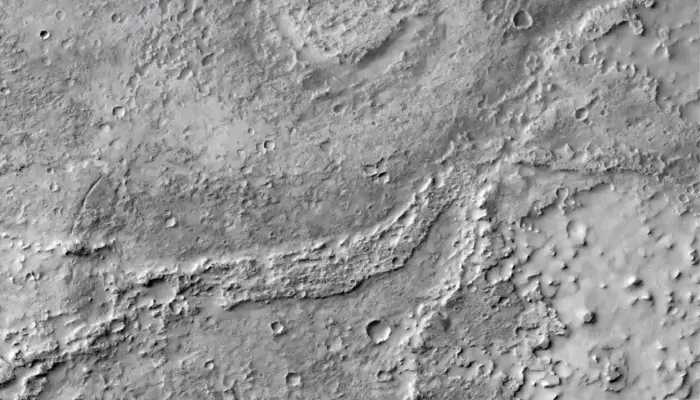
Here are today’s most important updates from the realm of Science and Space.
Starlink, the satellite communication firm owned by Elon Musk, has received regulatory clearance from the Indian National Space Promotion and Authorisation Centre (IN-SPACe) to launch its satellite-based internet services in India. Starlink becomes the third company to receive approval for satellite communication (satcom) services from the Department of Telecommunications, after OneWeb and Reliance Jio. Satellite telecom services are expected to strengthen connectivity in remote and interior regions where conventional telecom infrastructure is either limited or economically unviable. The Starlink Gen1 constellation is a global network comprising 4,408 satellites orbiting the Earth at altitudes ranging from 540 to 570 kilometres, with the capacity to deliver 600 Gbps throughput over India.
We continue to follow the new guest of our Solar system!
— Black Hole (@konstructivizm) July 9, 2025
Recall! The interstellar object 3I/ATLAS has burst into our system. This is already the third interstellar object in the history of observations.
Its diameter is about 10-30 km!
And the speed of movement is 61 km/s. pic.twitter.com/zhdCT94ZAO
(Credit: X/@/konstructivizm)
The European Southern Observatory’s Very Large Telescope (ESO-VLT) has captured the clearest images yet of 3I/ATLAS, a rare interstellar comet currently passing through our Solar System. This trajectory indicates it is travelling too fast and on a path that the Sun’s gravity cannot capture, confirming its alien origin. At the time of its discovery, the object was flying at a staggering speed of 2,05,200 kilometres per hour. Using the FORS2 instrument, the VLT recorded a timelapse showing 3I/ATLAS moving across the sky over 13 minutes. 3I/ATLAS is projected to make its closest approach to Earth in late October 2025, at a distance of about 1.6 astronomical units or approximately 240 million kilometers.

Scientists have mapped more than 15,000 kilometers of ancient riverbeds in the Mars planet’s southern highlands, revealing that the Red Planet may once have been far wetter and more Earth-like than previously believed. The newly identified Martian river system surpasses the length of India’s Ganga river system and rivals some of the largest on Earth. These ancient channels, known as fluvial sinuous ridges or inverted channels, were found across Noachis Terra, a vast, relatively underexplored region of Mars. The ridges are believed to have formed when sediments deposited by flowing rivers hardened over time and were later exposed as softer surrounding material eroded away.
Today we announce a new Colossal de-extinction project: the legendary moa of New Zealand. This new de-extinction initiative, coordinated by the Ngāi Tahu Research Centre, brings the return of this legendary bird closer to reality.
— Colossal Biosciences® (@colossal) July 8, 2025
Hope is taking flight, even if these birds… pic.twitter.com/jUzYlBXyYY
(Credit: X/@colossal)
A giant, flightless bird that roamed New Zealand before going extinct about 600 years ago is the next species on a controversial list of "de-extinction" targets from the biotechnology company Colossal Biosciences. Dinornis robustus stood up to 12 feet (3.6 meters) tall and was the largest of nine known species of moa, all of which are thought to have gone extinct due to hunting by humans. Colossal previously claimed to have brought back the dire wolf (Aenocyon dirus), an ice age predator that went extinct more than 10,000 years ago. Colossal also has plans to "resurrect" the woolly mammoth, the dodo and the thylacine (a wolf-like creature also known as the Tasmanian tiger).